A prolific and controversial artist, Fritz Scholder was one of the first artists invited to collaborate with Tamarind Institute when the workshop relocated from Los Angeles to Albuquerque in 1970. His work challenged stereotypical representations of Native Americans and he was extremely influential in shaping a more contemporary approach to capturing Native American experience. Scholder was the son of a Bureau of Indian Affairs administrator, and he grew up living on the campuses of Indian schools where his father worked. A registered member of the Luiseno tribe, he maintained that he was no more American Indian than he was French or German; even so, he became the most celebrated painter of Native American culture and raised critical questions about cultural identity and representation. His influences include the work of painter Wayne Thiebaud, who he studied with at Sacramento City College in California, and the portraits of Native Americans created by his own students at the Institute of American Indian Arts in Santa Fe, where he taught for a period of five years. His later work in the 1980s and 1990s moved away from Native American imagery to explore mythical subjects, ancient Egypt, and the afterlife.
Scholder worked with Tamarind regularly over a period of fourteen years, creating a distinctive body of lithographs that span the breadth of his career as an artist. His work is represented in museum collections around the world, including Denver Art Museum; National Museum of the American Indian; Heard Museum; National Museum of American Art; Addison Gallery of American Art; Hammer Museum at UCLA; and The Museum of New Mexico, Santa Fe.
-
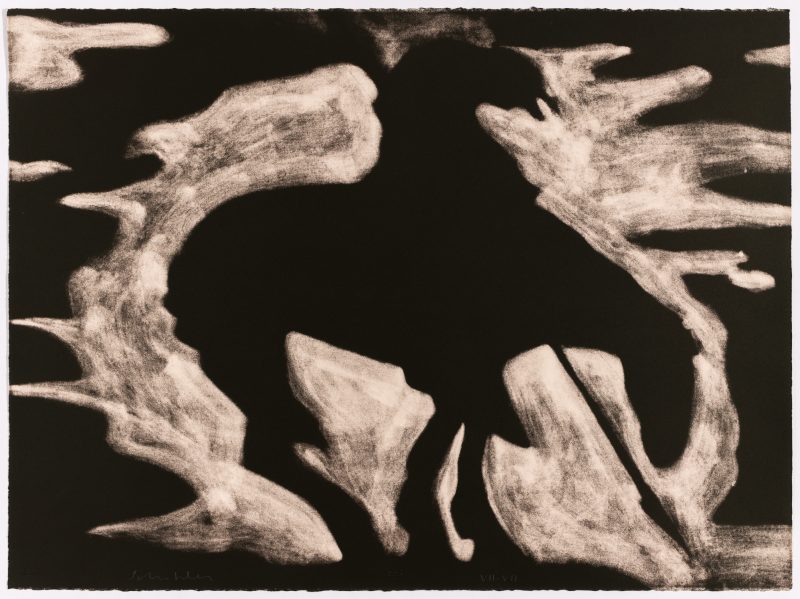
Fritz Scholder, Indian Cliche (State IV), 1978 (78-140)
No longer available -
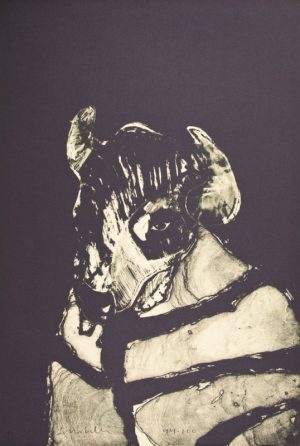
Fritz Scholder, Anpao/Buffalo, 1976 (76-658)
$2000.00 -
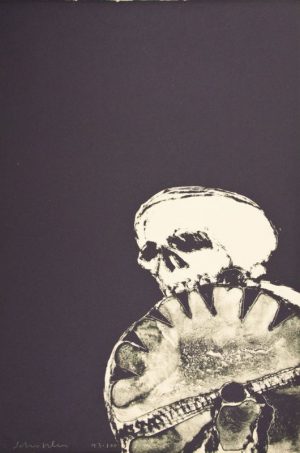
Fritz Scholder, Anpao/Death, 1976 (76-660)
$2000.00 -

Fritz Scholder, Artist at Forty as a Buffalo, 1977 (77-628)
$1500.00 -
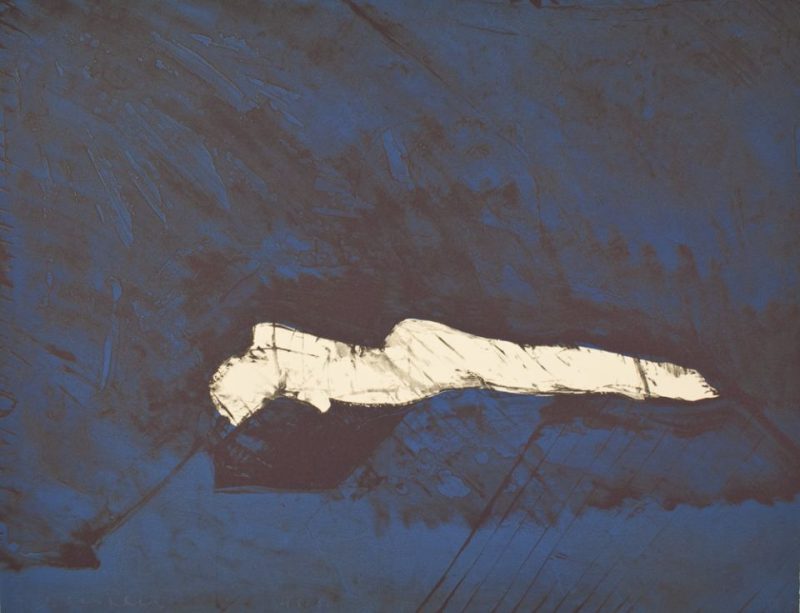
Fritz Scholder, Bound Woman, 1980 (80-609)
$1800.00 -
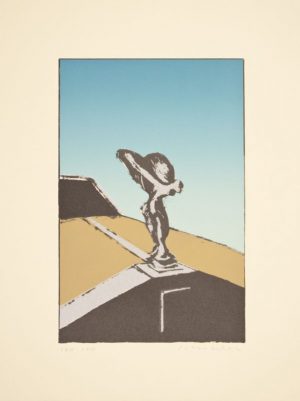
Fritz Scholder, Car, 1979 (79-638)
$1200.00 -
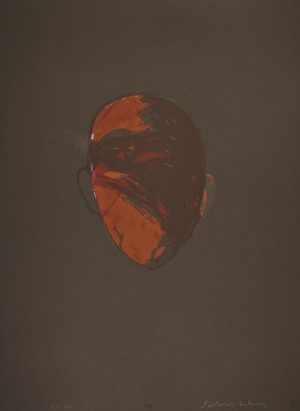
Fritz Scholder, Dark Portrait, 1984 (84-320)
$1500.00 -
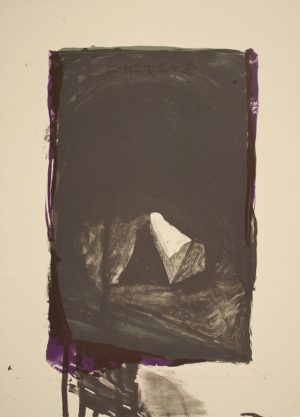
Fritz Scholder, First Mystery, 1982 (82-312)
$2000.00 -
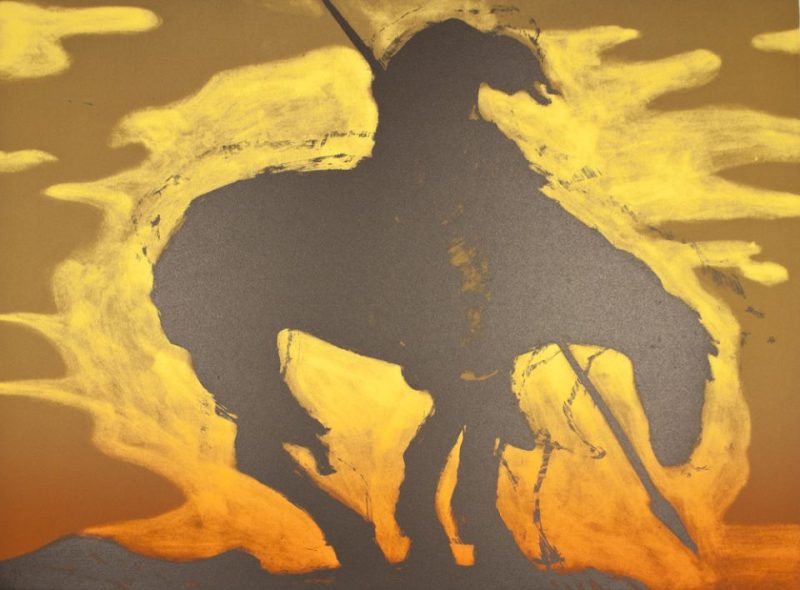
Fritz Scholder, Indian Cliche (StateIII), 1978 (78-634b)
$3000.00 -

Fritz Scholder, Indian Encampment (State I), 1977 (77-629)
$1500.00 -
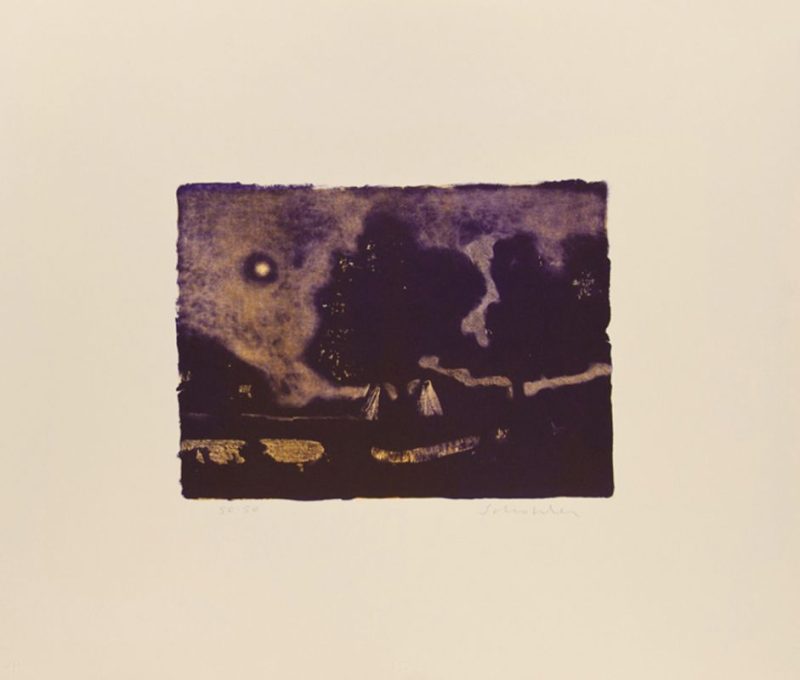
Fritz Scholder, Indian Encampment (State II), 1977 (77-629a)
$1500.00 -
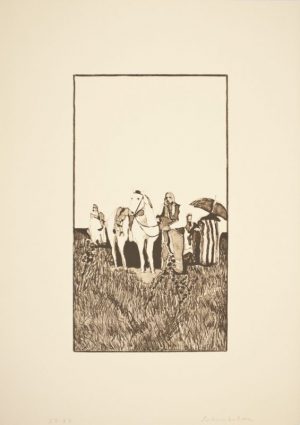
Fritz Scholder, Indian Landscape (Fifth State), 1974 (74-704d)
$3000.00 -
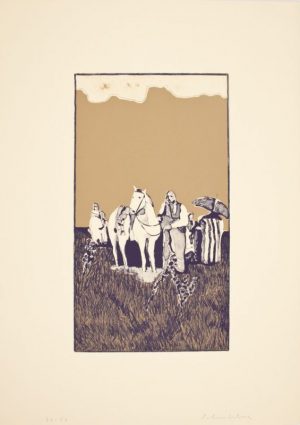
Fritz Scholder, Indian Landscape (First State), 1974 (74-704)
$3000.00 -
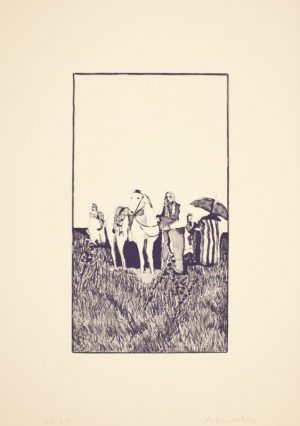
Fritz Scholder, Indian Landscape (Fourth State), 1974 (74-704c)
$3000.00 -
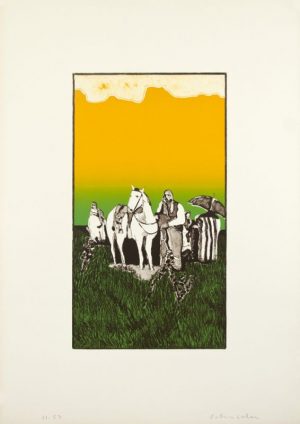
Fritz Scholder, Indian Landscape (Third State), 1974 (74-704b)
$3000.00 -
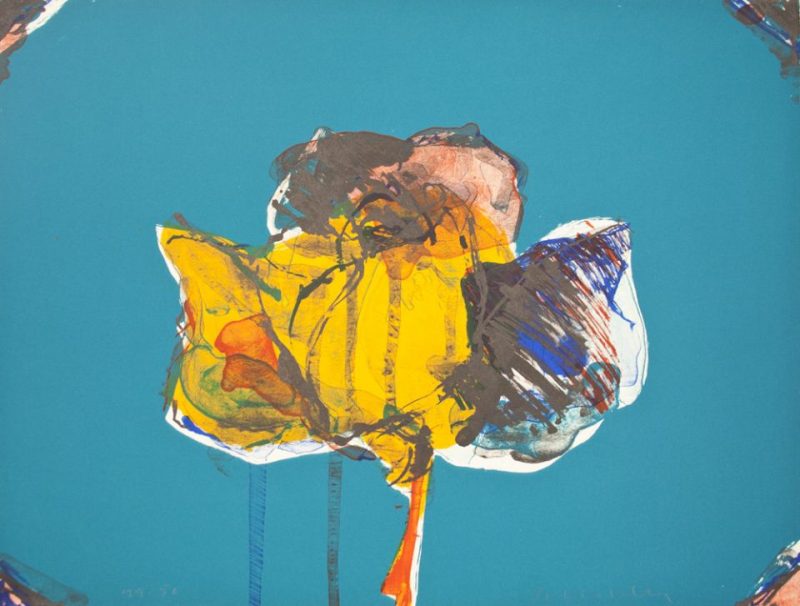
Fritz Scholder, The Rose (State III), 1980 (80-641)
No longer available -
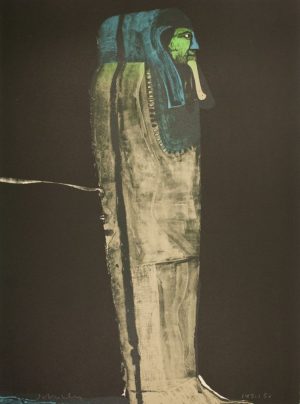
Fritz Scholder, The Sarcophagus, 1979 (79-637)
$3000.00 -
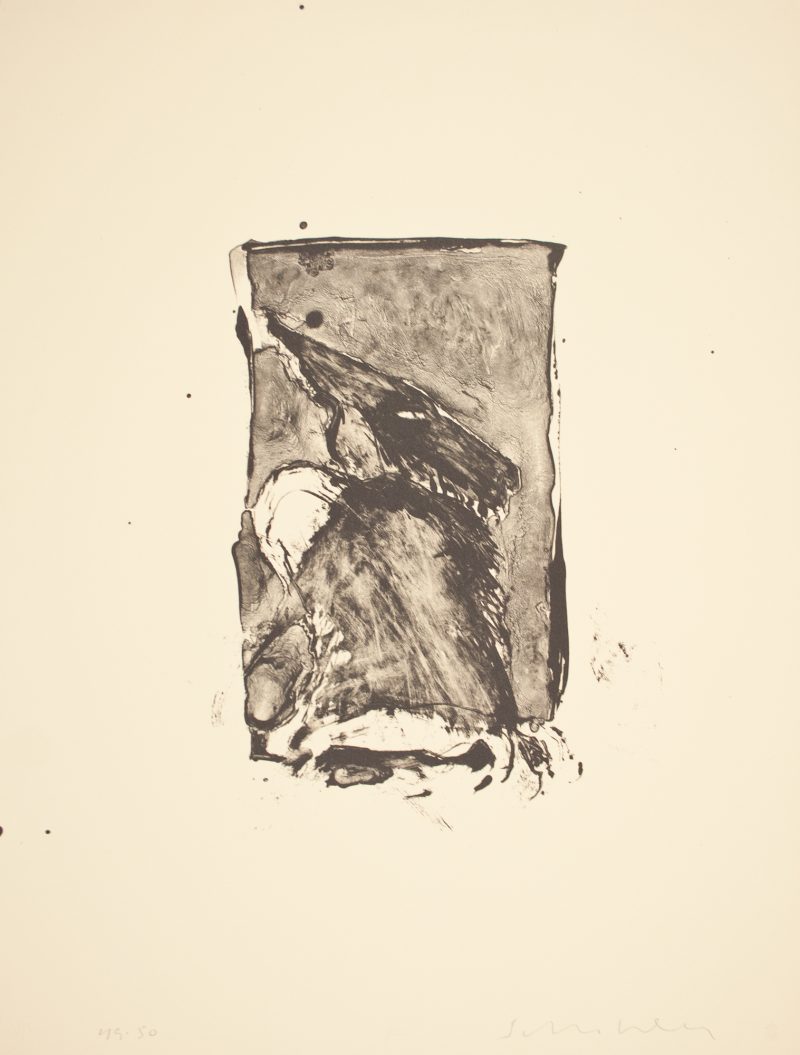
Fritz Scholder, Werewolf, 1981 (81-618)
$1500.00
